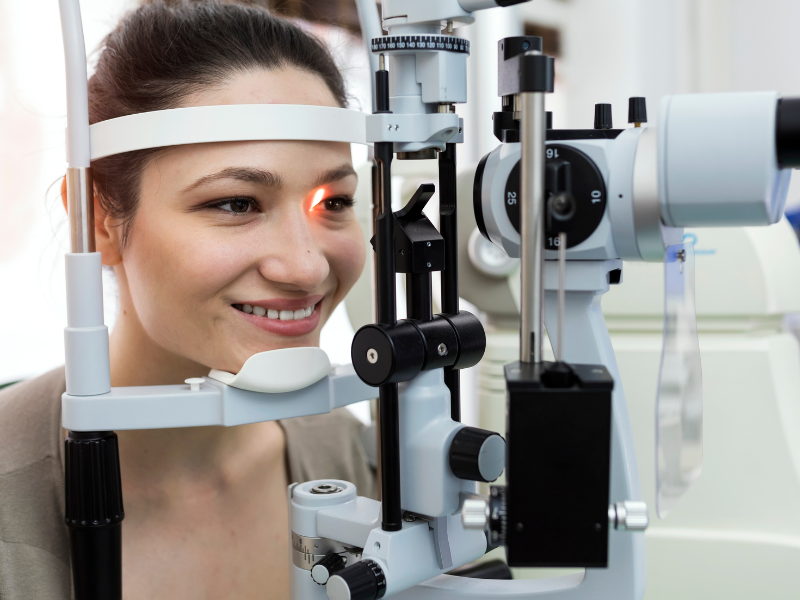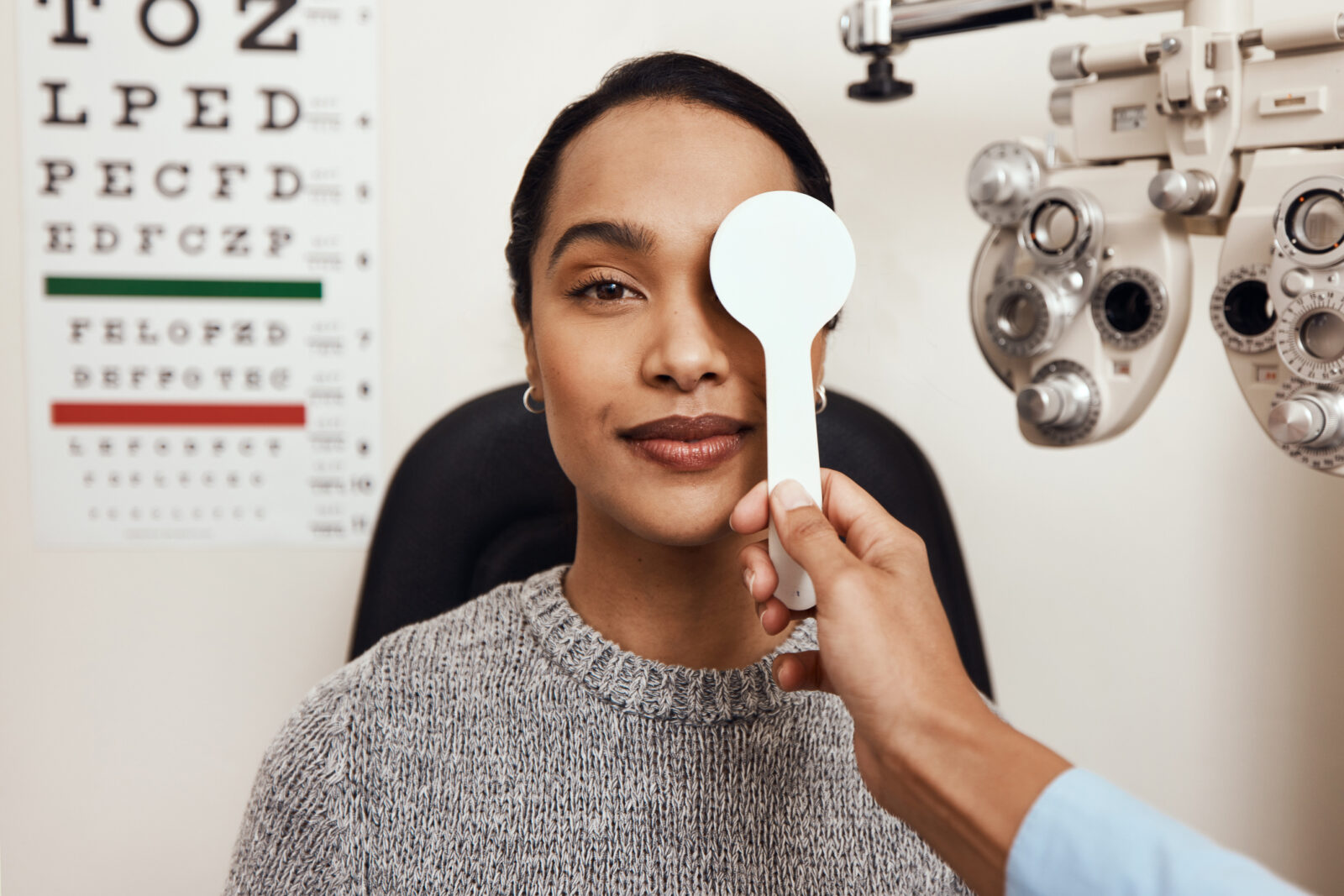LASIK and SMILE are both laser vision correction procedures that can correct refractive errors reducing your dependence on glasses or contact lenses. They are both safe and effective procedures, but there are some key differences between them.
What is LASIK?
LASIK stands for laser-assisted in situ keratomileusis. In LASIK, a thin flap is created in the cornea, the clear front surface of the eye. A laser is then used to reshape the underlying corneal tissue, correcting refractive errors like nearsightedness, farsightedness, and astigmatism. The flap is then repositioned, and the eye heals naturally.
What is SMILE?
SMILE stands for small incision lenticule extraction. In SMILE, a small lenticule is removed from the cornea using a femtosecond laser. The lenticule is a disc of tissue that is removed from the cornea to reshape it.
Key Differences
- Incision Size: LASIK involves a larger incision to create the corneal flap, while SMILE uses a much smaller incision.
- Tissue Removal: LASIK removes tissue from the surface of the cornea, while SMILE removes tissue from beneath the surface.
- Recovery Time: SMILE generally has a faster recovery time with less discomfort and dry eye symptoms compared to LASIK.
Which is right for you?
The best way to decide which procedure is right for you is to talk to your eye doctor. They can assess your individual needs and help you choose the best option for you.
Our Commitment to Patient Care
At TLC Vision, we are committed to providing our patients with the best possible care. That’s why we take a conservative approach to new technology. We want to make sure that any new laser technology we offer is safe and effective, and that it provides our patients with the best possible outcomes.
While SMILE is a less invasive procedure than LASIK, it’s relatively new, and long-term data on its safety and effectiveness is limited. As such, we have opted to continue offering LASIK at this time, as it has a longer track record of success.
If you are interested in learning more about SMILE, we encourage you to talk to your eye doctor. They can help you understand the risks and benefits of this new procedure and determine if it is right for you.
Sources:
American Academy of Ophthalmology. “SMILE vs. LASIK: Which Offers Better Early Visual Recovery?,” October 17, 2018. https://www.aao.org/education/editors-choice/smile-vs-lasik-which-offers-better-early-visual-re.
American Academy of Ophthalmology. “Changes in Corneal Sensitivity and Dry Eye Symptoms After SMILE vs. LASIK Surgery,” October 5, 2022. https://www.aao.org/eyenet/academy-live/detail/corneal-sensitivity-dry-eye-symptoms-smile-lasik.
Refractive Surgery Council. “What Is the LASIK Success Rate?,” August 16, 2022. https://americanrefractivesurgerycouncil.org/laser-eye-surgery-lasik-success-rate/#:~:text=The%20LASIK%20success%20rate%20%E2%80%93%20or,achieve%2020%2F20%20or%20better.


